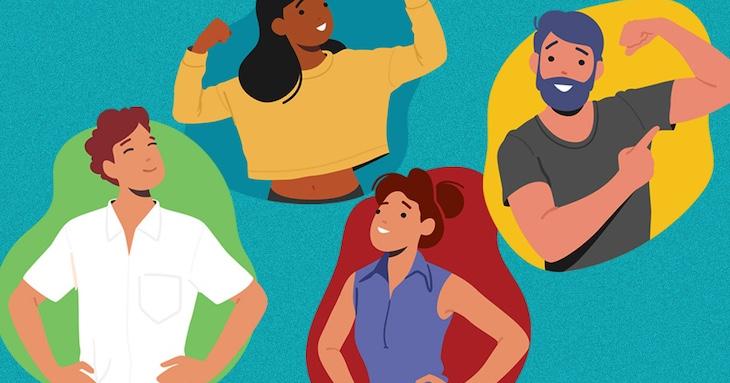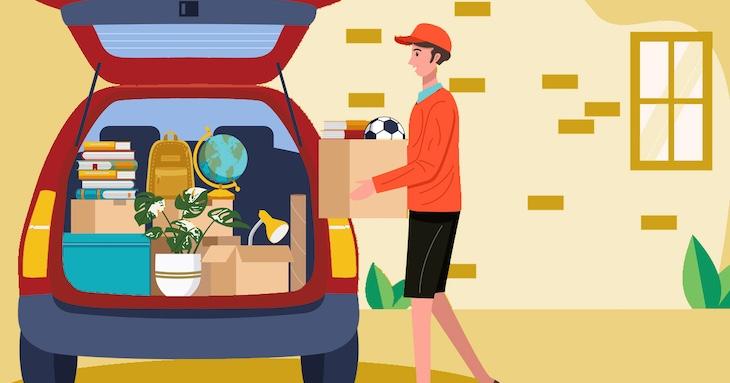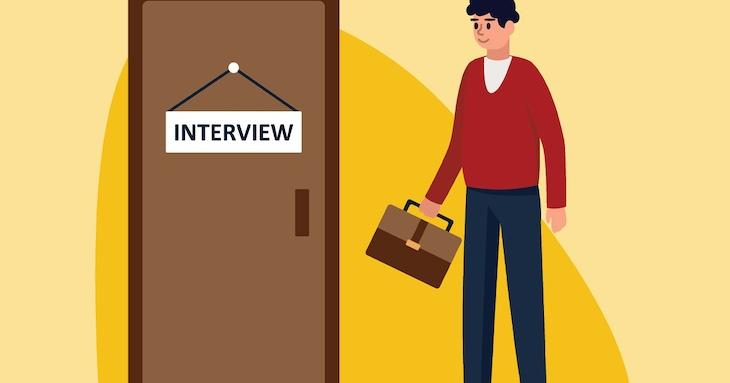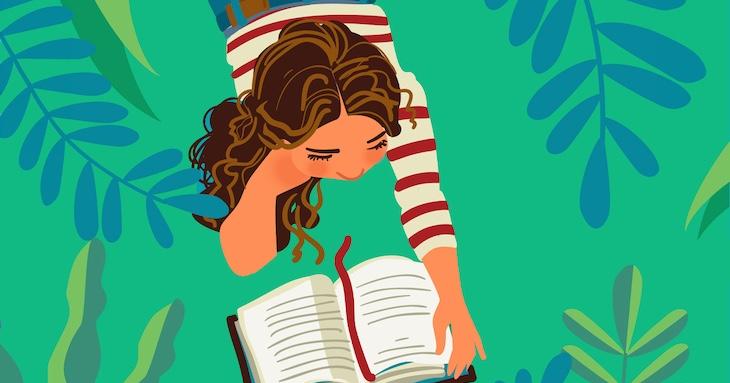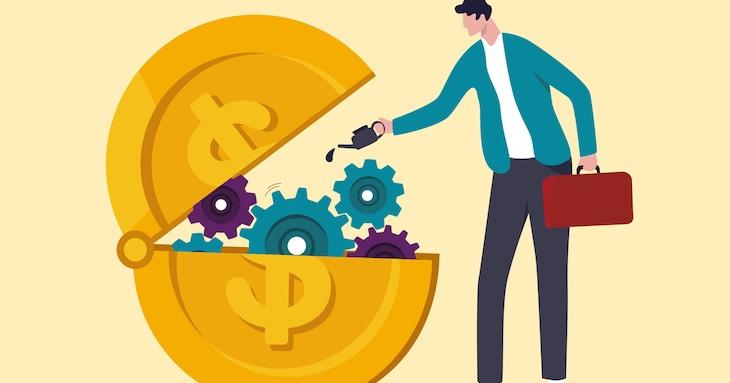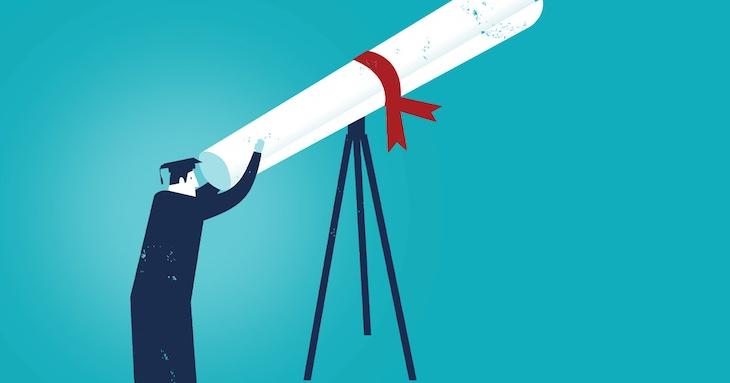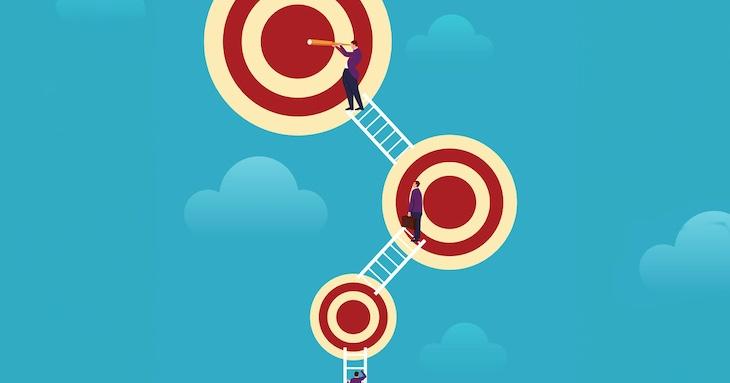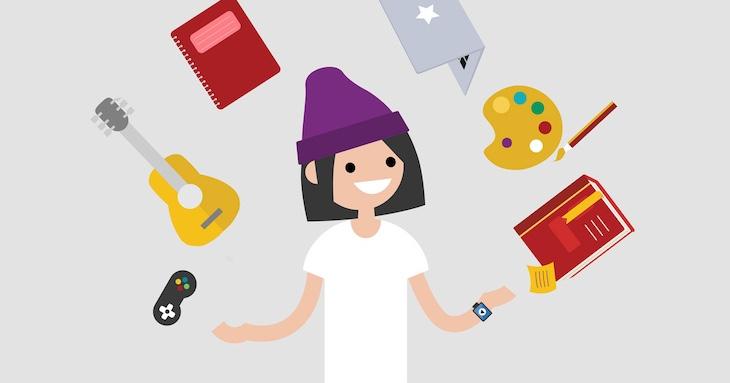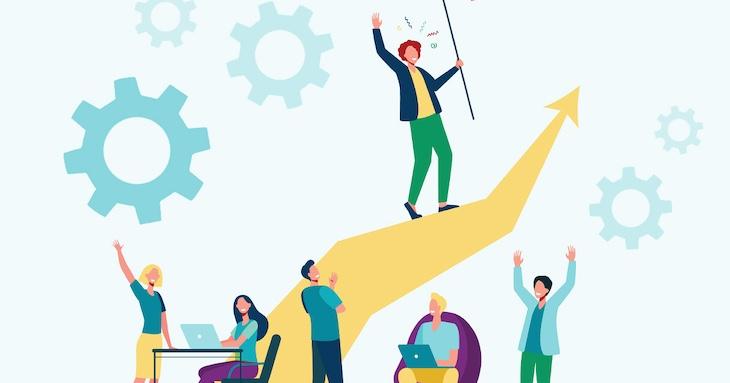-
The Power of Self-Worth
According to Merriam-Webster, self-worth is “a sense of one’s own value as a human being.” Other definitions include knowing you are loved and having self-esteem. What they are essentially saying is that self-worth is your internal belief that you are worthy. Having a strong sense of your self-worth can be incredibly valuable as you navigate various areas of your life. Here are a few reasons why there is such power in positive self-worth.
-
Take a Break: The Importance of Recharging
Americans say their mental health is declining, according to a recent Gallup poll. One potential reason is that few of us take time to recharge or even take a daily break. With today’s go-go mindset, finding time to relax each day can be challenging. Here are a few reasons why taking a break is so important.
It's Good for Your Brain -
Packing Up: Practical Tips and Tricks
If you’re one of the more than 1.3 million applicants who was accepted to college and starting this fall, it’s time to start thinking about what to bring. But how do you determine what you need to bring versus what you want to bring? And how do you make sure you have everything you need without overpacking? Here are some tips and tricks to help you successfully pack for college.
Make a List -
Tips for the Job Interview
A recent study found that the average candidate is interviewed 10–20 times before receiving a job offer. That’s a lot of interviews. Naturally you want to be ready for every interview you’re invited to, and as the job recruitment landscape continues to evolve, it’s important that you stay in the loop. Here are some tips to ensure that all your interviews are positive.
Be Prepared and Specific -
Staying Sharp During Summer Break
You’ve turned in your last paper, finished your exams, and are ready for a break from school and learning. We don’t blame you, but you should know that research shows students can forget or lose a lot of what they learned during the school year over the summer. While it’s tempting to put away your books and other materials, you’ll be better off spending some time reviewing what you’ve learned and even learning something new. Here are a few tips to stay sharp over the summer.
Space It Out -
How To Make Your Paycheck Work Harder
If you're worried about money, you aren't alone. A recent study by Mind Over Money in collaboration with Capital One found that 77 percent of Americans feel anxious about their financial situation. With inflation and the rising cost of living, you may be part of that group. Here are a few tips to make your paycheck work harder for you.
Review Your Spending -
Graduation Is Here: Now What?
After an endless stream of classes, projects, presentations, and tests, graduation is finally here. While this important milestone may seem like the light at the end of the tunnel, the inevitable question is: "What’s next?" Once upon a time, the standard answer revolved around employment. But according to research done by Forage, nearly half of college students are not confident or only somewhat confident that they know how to get a job. That’s true of high school students as well.
-
What to Consider When Changing Careers
At some point, most of us have asked, “Is this really what I want to be doing for the rest of my life?” or “Is there something else out there for me?” These types of questions are common. In fact, according to a recent release from the Bureau of Labor Statistics, individuals may change jobs up to eight times between the ages of 18 and 30. If you’ve thought about changing careers but aren’t sure if it’s the right move, here are a few things to consider.
Figure Out What You Want -
Juggling Academics and Hobbies
Life as a student is busy. You’re so focused on your classes and upcoming tests, projects, and assignments you may think there’s no room in your schedule for hobbies. A recent Gallup survey found that hobbies are growing in importance for Americans, so don’t just cast them aside. Instead, look for ways to incorporate your hobbies into your schedule — you'll thank yourself for it.
Brain Break -
How to Highlight Your Value
Getting to a place where you stand out among your peers can be challenging. With remote and hybrid work environments, unstable industries, and more generations in the workforce than ever, employers aren’t always able to focus on the value individual team members bring. Instead of hoping that your manager recognizes your value, take steps to show them. Here are some ways to highlight your value to your manager and organization.
Do (Good) Work


